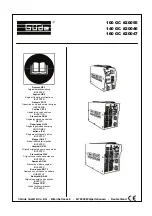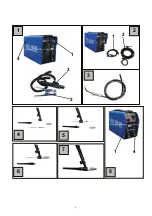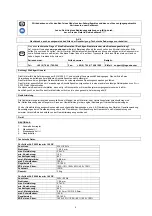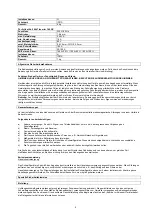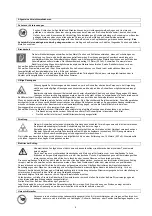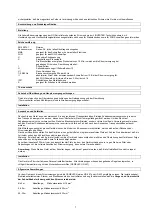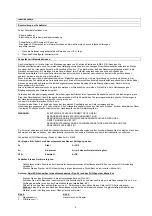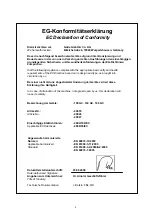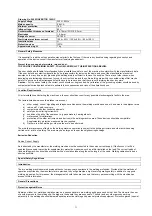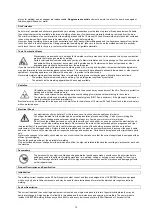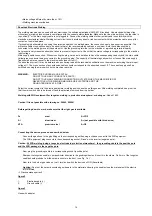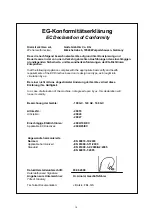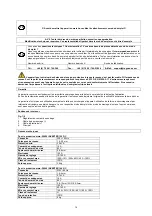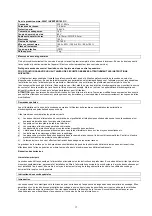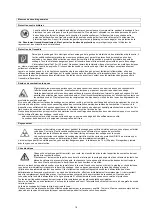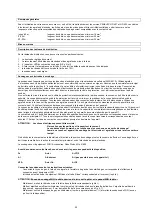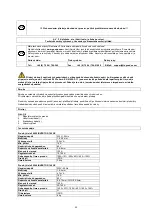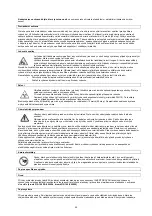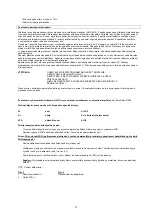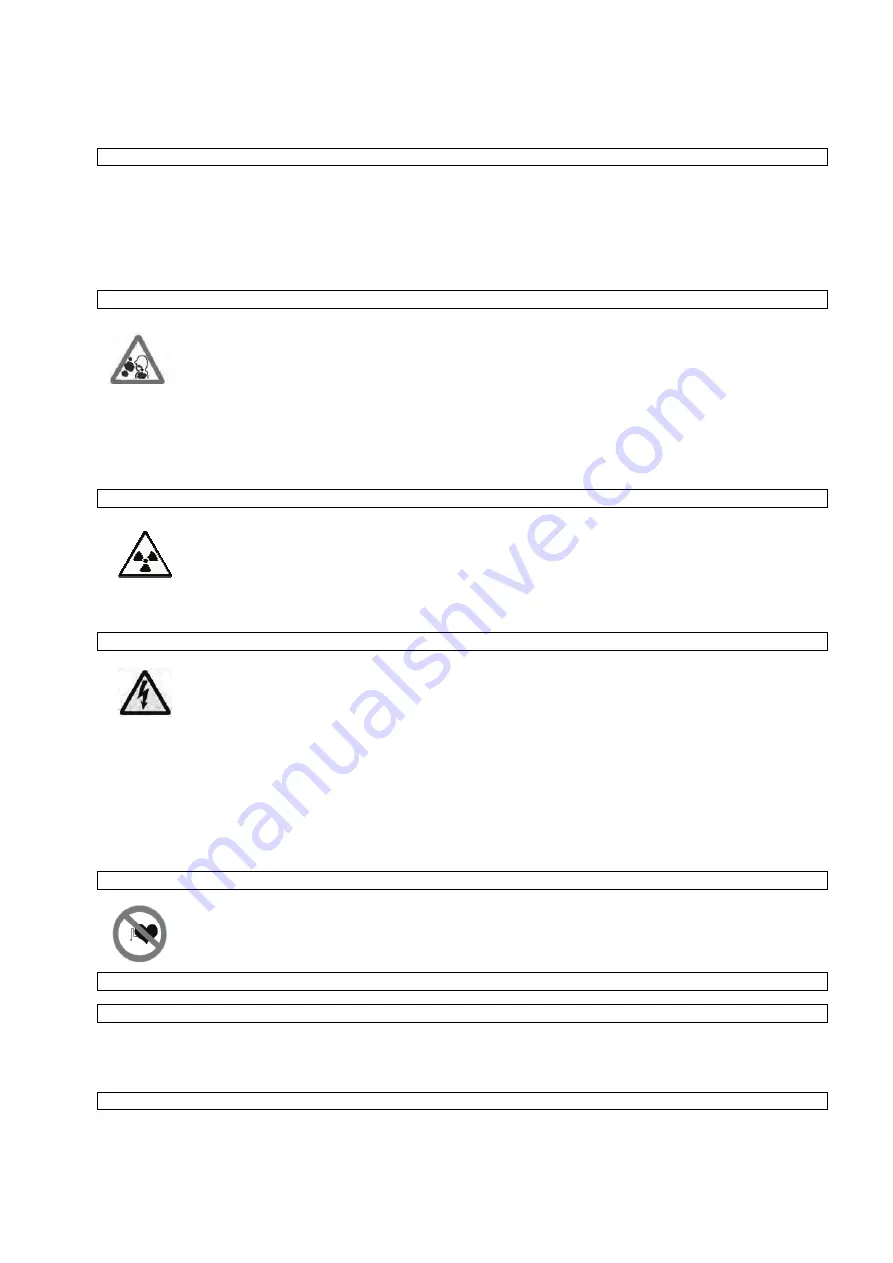
gloves for welding) and a headgear are indispensable.
Goggles are essential
and must be worn to protect the user’s eyes against
radiation, sparkles and hot metal.
Fire Protection
As hot metal, sparkles and clinker are generated by arc welding; precautions must be taken to prevent fire and explosions. Suitable
fire extinguishers must be available in the area of welding site and any fire-hazardous materials should be removed from the area.
The minimum distance of such materials from the welding area should be 10 metres (35 feet). Never weld empty tanks that contained
toxics or explosives. Such tanks have to be cleaned very thoroughly before welding.
Never get down to welding if there are high concentrations of dust, easily inflammable gases and fire-hazardous vapours from liquids
(such as petrol) in the atmosphere/air. Having completed the welding job, take care to cool down the welded parts before anybody
could touch them or before they are in contact with fire-hazardous or ignitable materials.
Toxic Combustion Gases
Precautionary measures have to be taken for the welder or other persons not to be exposed to any toxic combustion
products that may be generated by welding.
Certain chlorinated solvents decompose by action of ultraviolet radiation and forms phosgene. These solvents should
be handled with care to prevent any contact with the welded parts. Containers with these solvents and/or other
degreasing agents should be removed from the welding area.
If you are to weld metals with surface treatment layer containing lead, zinc, mercury and beryllium, remember that these ingredients
may give formation to toxic combustion gases concentrations. The user should have adequate exhaust blowers hand or other special
equipment – breathing apparatus or a helmet with air supply – to provide for fresh air supply.
Never weld metals containing surface treatment layer of materials forming toxic combustion gases. Exceptions are as follows:
•
The surface layer was removed prior to welding. The welding area is sufficiently ventilated.
•
The welder has the breathing apparatus with air supply available.
Radiation
UV radiation arising from welding may be harmful to the eyes and may cause burns of the skin. Therefore, protective
clothing and a helmet should be worn.
Never wear contact lenses when welding because the strong glow may cause them sticking to the cornea.
The protective shield used at welding should have safety glass (DIN 10 as a minimum). If the glass gets damaged or
cracked it should be replaced immediately.
Electrical arc may be detrimental to the eyes and it is harmful au to the distance of 15 metres (50 feet). Never look in the electrical arc
with unprotected eyes.
Electrical Shock
Any electrical shock may be fatal. For this reason, never touch conductive cables and /or parts.
You will get isolated from the welded part by wearing insulation gloves and clothing. Parts of your clothing like
gloves, boots, headgear and outerwear should be always dry. Avoid any work in moist or wet areas.
Do not touch the welded parts and do not hold them with your hand either; as soon as you feel the electrical shock,
however small, stop welding immediately. Do not resume the work until an authorised person diagnoses and clear
the problem/fault. Frequent checks of the main cable for damages and cracks of the sheathing are essential and so is instant
replacement of the damaged cables. Before the cable is replaced and the machine enclosure removed, disconnect the supply cable
and main line. Never use the machine without respective housings and enclosures. Parts should be replaced with original spare parts
only.
Never make changes to the safety circuit breaker, do not short circuit it and make sure that the current supply lead is equipped with an
efficient grounding plug.
Provide for good grounding of the worktable for welding.
Only authorised personnel shall perform the maintenance. Mind the high risk related to the hazardous voltage is imminent at work with
the machine.
Pacemakers
The persons with any electronic life-supporting apparatus (such as pacemaker) should consult a physician before
getting exposed to the effects of welding machines - arc welding, cutting or burning or tack welding for them to be
sure that the magnetic field combined with the high electric current values would not produce and damaging effects
on their apparatuses.
Product Description and Specification
Introduction
The welding current supplies series 80 A will supply constant current and they are designed in an INVERTER technique, equipped
with heavy-duty and reliable components and may be used for bar electrodes and for protective atmosphere tungsten electrode
welding.
System Description
The current input and the control logic equipment is mounted on a single main panels in form of special hybrid plates thy may be
easily interchanged. A high degree of reliability is this added and the maintenance and servicing is simplified. The power module
includes INVERTER working at frequency above 80 kHz and a very low resonance time (500 milliseconds). The result of this
12

